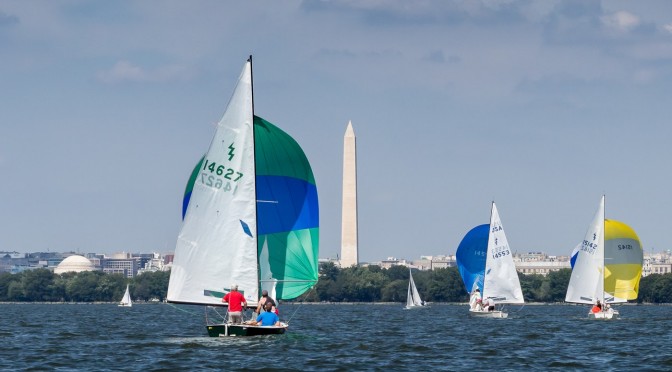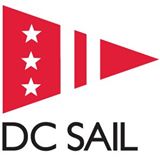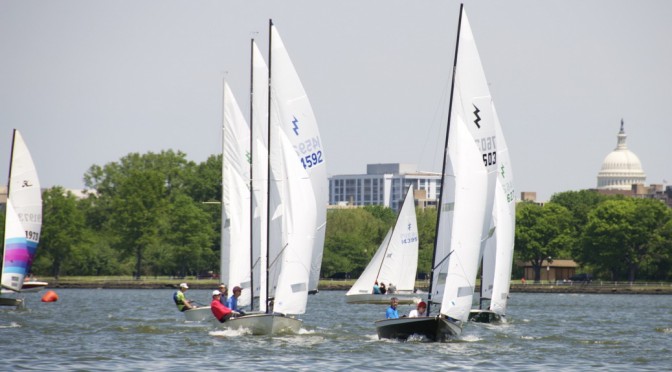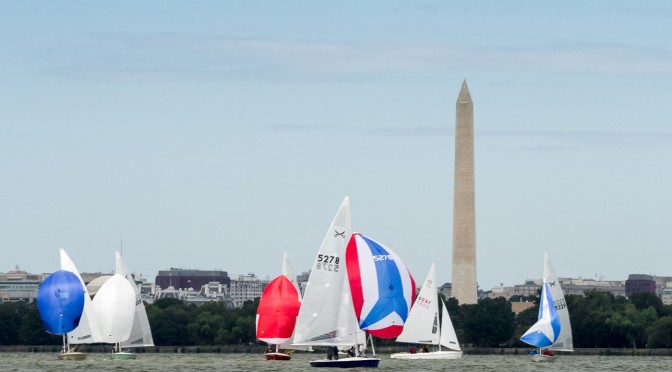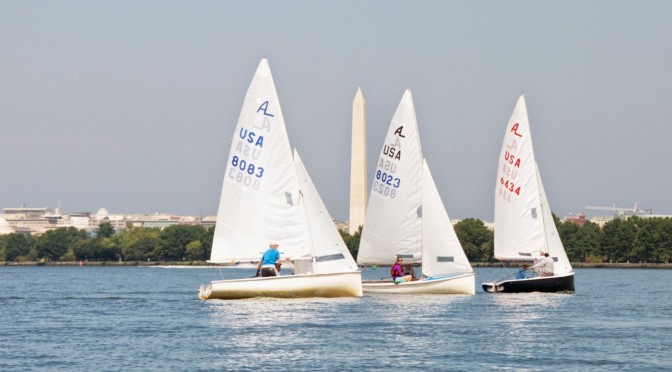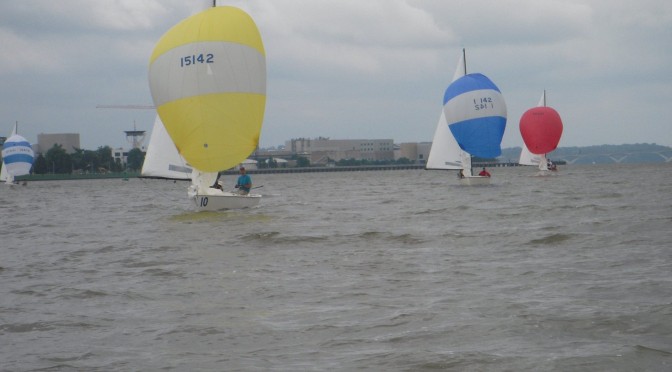The 2016 PRSA President’s Cup Regatta will be held September 17 & 18 at Washington Sailing Marina, continuing the long tradition of competitive one-design racing started by the President’s Cup in 1934. The regatta will be sailed on the Potomac River on two courses. Visit the regatta website to view the NOR and register for the 2016 President’s Cup! Registration fees increase after September 11, so make sure to register and pay online before September 11 to save yourself a bit of cash. We will once again offer a spectator cruise aboard the historic schooner American Spirit on Saturday, so be sure to tell your friends and family!
Thanks to our regatta sponsor, Annapolis Performance Sailing, and to DC Sail for the partnership that allows us to offer a spectator cruise aboard the American Spirit!

